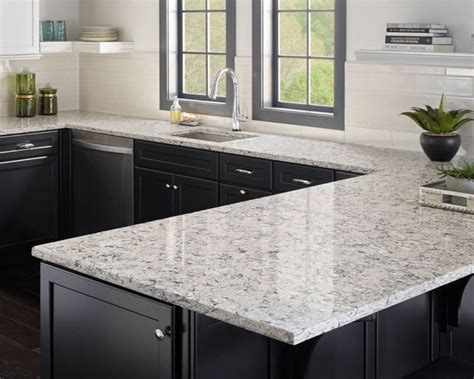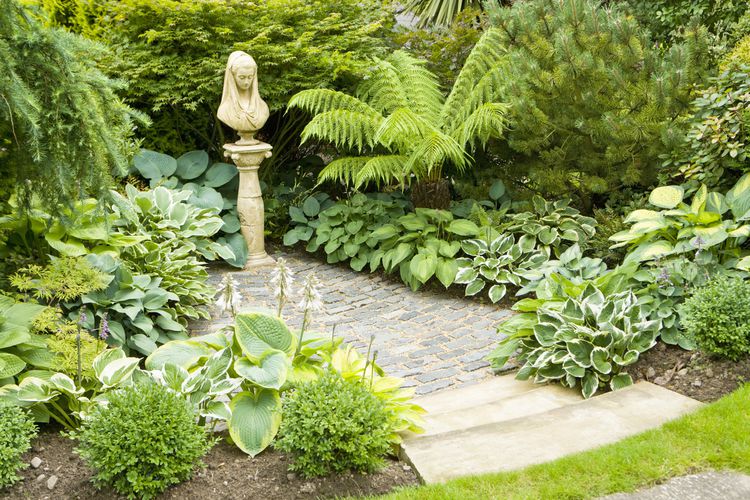
When it comes to your home’s roofing system, the eaves play a crucial role in protecting your house from various elements. Eaves are the edges of the roof that overhang the walls of the building. They serve both functional and aesthetic purposes, providing shelter, preventing water damage, and enhancing the overall look of your home. In this comprehensive guide, we will delve into the different types of eaves, their functions, potential downsides, and answer some frequently asked questions.
Types of Eaves
Eaves come in various styles and designs, each serving a specific purpose. Some common types of eaves include:
- Boxed eaves: These eaves have a boxed appearance and provide additional space for insulation and ventilation.
- Open eaves: Open eaves are exposed, allowing for better airflow and ventilation.
- Curved eaves: These eaves have a curved design, adding a unique architectural touch to your home.
What Do Eaves Do?
Eaves serve several important functions for your home:
- Protection from the elements: The primary function of eaves is to provide protection from rain, snow, and sunlight. They prevent water from dripping down the walls and direct it away from the foundation of the house.
- Shade and temperature control: Eaves create shade, reducing direct sunlight exposure and helping to regulate the temperature inside your home. This can lead to energy savings by reducing the need for excessive cooling during hot summer months.
- Enhanced aesthetics: Eaves add architectural interest and visual appeal to the exterior of your home. They can be customized to match your preferred style and complement the overall design.
Potential Downsides of Roof Eaves
While eaves offer several benefits, it’s important to be aware of their potential downsides:
- Increased maintenance: Eaves can collect debris such as leaves, twigs, and bird nests, requiring regular cleaning and maintenance to prevent clogging and potential water damage.
- Limited natural light: Depending on the size and design of the eaves, they can limit the amount of natural light that enters your home. Consider this factor when planning your interior lighting and design.
FAQs (Frequently Asked Questions)
1. Do all houses have eaves?
No, not all houses have eaves. Some modern architectural styles may feature flat roofs without eaves. However, traditional and most residential buildings typically have eaves due to their functional and aesthetic benefits.
2. Can I modify or extend my existing eaves?
Modifying or extending existing eaves can be a complex task that requires professional expertise. It may involve structural changes and should comply with local building codes. Consult with a qualified contractor or architect to assess the feasibility and potential impact of modifying or extending your eaves.
3. How can I maintain my eaves?
To maintain your eaves, regularly inspect them for any signs of damage or clogging. Clean out debris and ensure that the gutters and downspouts are clear to allow proper water drainage. Consider scheduling routine professional inspections to identify and address any potential issues before
they escalate.
Understanding the different types of eaves, their functions, and potential downsides is essential for every homeowner. By taking proper care of your eaves, you can ensure their longevity and maximize the benefits they provide to your home. If you have any specific concerns or questions regarding your eaves, consult with a professional in the roofing industry.






